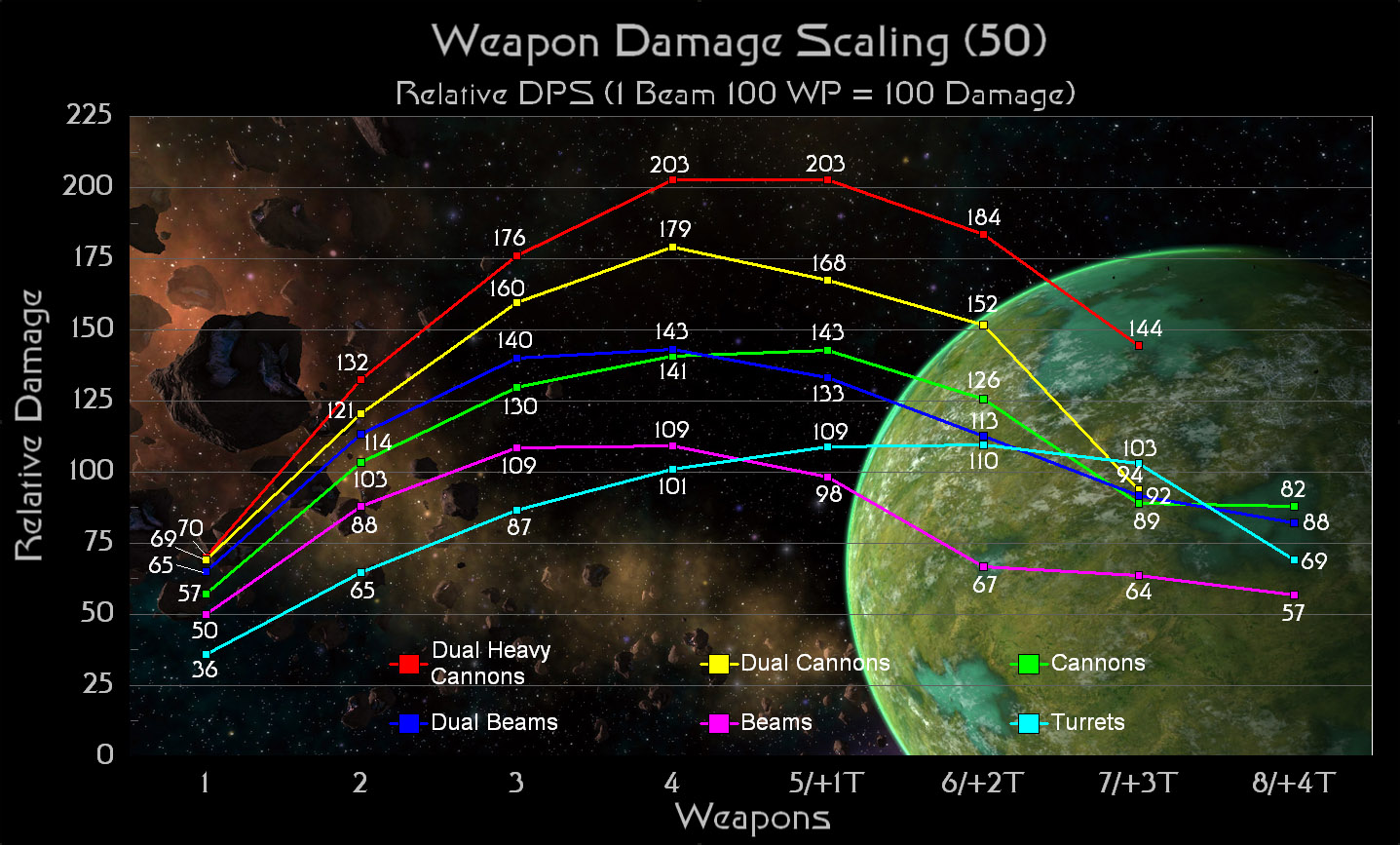
The mass of the nucleus is lower than the mass of its constituent parts. However, when we add up the individual masses of the protons and neutrons inside a nucleus, their mass is MORE, not less, than the mass of the nucleus itself. Therefore, we expect that the mass of the nucleus should be higher than the mass of the individual nucleons that make it up. We also know that the strong force contributes mass to the proton, so we might expect that its residuum, nuclear binding energy, should contribute mass to the atomic nucleus as well. When an atom undergoes fusion or fission, the total mass of the resulting components is less than the starting mass of the atom. We learned in the previous article that mass and energy are equivalent. How nuclear binding energy works might seem a bit counter-intuitive at first. Some of this energy becomes available during a nuclear explosion. The energy that represents this residual force is called nuclear binding energy. A residuum of that strong force holds these nucleons together inside the nucleus. As we learned in the previous article, a significant contribution to the mass of either a proton or neutron (together they are called nucleons) is in the form of the strong force. Nuclear Binding Energy = Energy Released During Fission and Fusionīoth fission (breaking apart) and fusion (putting together) reactions release energy from atoms. Then, in the next article we will explore how nuclear weapon design makes use of the release of nuclear binding energy. Here we will explore why and how certain atoms release energy by diving even deeper into the mystery of nuclear binding energy. In this article, we focus once again on the science of nuclear weapons. In the previous article, Chemical Explosions Versus Nuclear Explosions, we explored how nuclear reactions release energy.
#STARMADE WEAPONS CHART FULL#
Here is a full list of countries with nuclear weapons, provided by Wikipedia. The world map below represents nuclear weapon development status as of 2007, by colour. Now we all live in an uneasy world where many countries have active nuclear weapon programs. The youngest nuclear weapon developed by the U.S. There are increasing maintenance and security issues over aging nuclear facilities and weapon silos. Even the isotopes themselves used in the weapons may be chemically unstable. For example, chemical high explosives that are used to condense the fissile material in the bombs can chemically degrade over time, becoming less stable. However, neither country has embraced full nuclear disarmament as of yet, and the threat of thousands of aging nuclear devices remains in both countries. Russia has begun environmental cleanup of old testing sites. have cut down on nuclear weapon spending and they have reduced their nuclear arsenals. The Cold War has abated, despite recent Russia - U.S. and the Soviet Union, both of which amassed huge arsenals of various kinds of nuclear weapons, and have undertaken many test explosions over the decades since. Rather than deciding, based on the utter devastation, never to use nuclear weaponry again, this marked the beginning of the Cold War between the U.S. My reason for writing about nuclear weapon technology is pretty simple - an informed opinion is better than an uniformed one.


As my reader I ask you to form your own opinion. Now at little older, and hopefully wiser, I look back at that as a risky emotional defence mechanism. I can understand the distance, as I've felt it myself every time I euthanized an animal for research. Like most scientists, I was trained to be dispassionate. You might notice as I did that many of the Americans, those involved in caring out the attacks, have an emotional distance. The survivors in this documentary generously offer us a very rare and deeply personal description of what a nuclear bomb does. I found it very powerful and offer my thoughts on it: It is one thing to understand intellectually the destruction of a nuclear weapon but it is completely different to really take that information in in a human way. If you are interested in an in-depth account based on the recollections of the survivors and the Americans involved, I recommend the HBO documentary called White Light & Black Rain: The Destruction of Hiroshima & Nagasaki, 86 minutes long, released in 2007, available as a DVD at. In 1945, the nuclear bombings of Hiroshima and Nagasaki killed over one hundred thousand people and ended World War ll. To date only two cities have suffered such a fate. One nuclear bomb can devastate an entire city. These are weapons of mass destruction, designed to kill as many people as possible. Used in bombs, both reactions transform a small amount of mass into a tremendous amount of destructive energy - blast, heat, light and radiation. Nuclear weapons rely on either a nuclear fusion reaction or a combination of two reactions: nuclear fusion and nuclear fission.


 0 kommentar(er)
0 kommentar(er)
